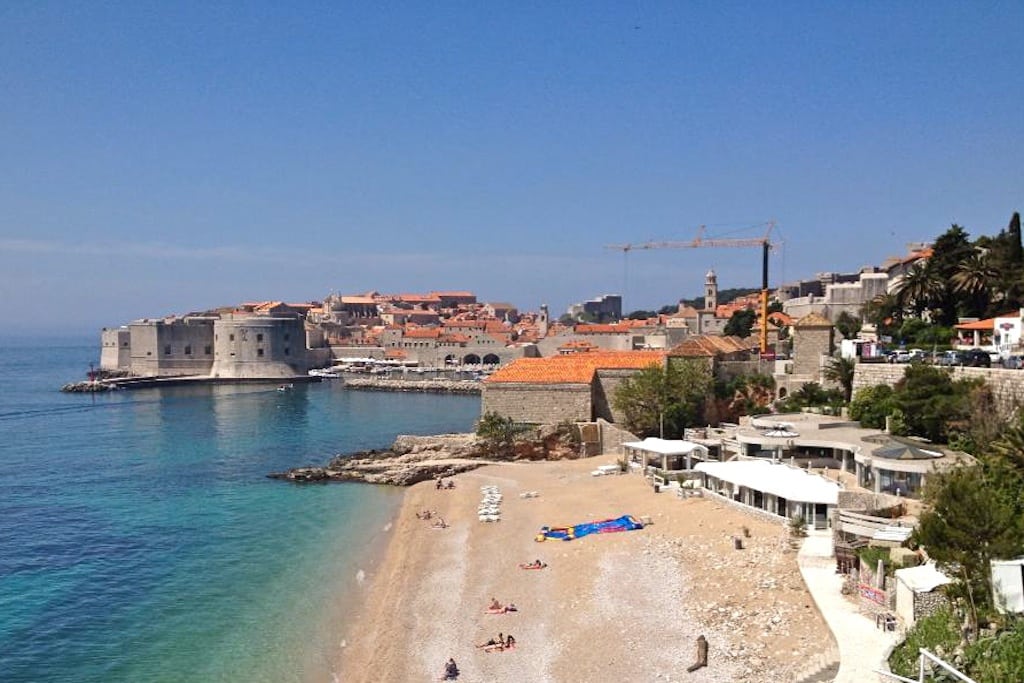Croatia prepares roads, trains, and tunnels to join passport-free Schengen Zone

Skift Take
Building up Croatia’s infrastructure will boost the economy and provide jobs on the road to greater tourism growth, which inclusion in the Schengen Zone will do even more so than EU acceptance.
Croatia, which yesterday became the 28th European Union member, will use funds from the trading bloc to upgrade its communist-era infrastructure, Deputy Prime Minister Vesna Pusic said.
The nation wants to improve irrigation, upgrade rail lines, build bridges and expand its sewage system, Pusic, who also serves as foreign minister, said in an interview yesterday in her office in the capital, Zagreb.
Croatia, struggling to kickstart an economy that hasn’t grown since 2008, is looking to the fiscal boost to create jobs, diversify industry and bring living standards up to those of other eastern EU members such as the Czech Republic, Slovakia and Poland. The Balkan country stands to receive as much as 10 billion euros ($13 billion) in EU funds through 2020 after joining the Brussel
